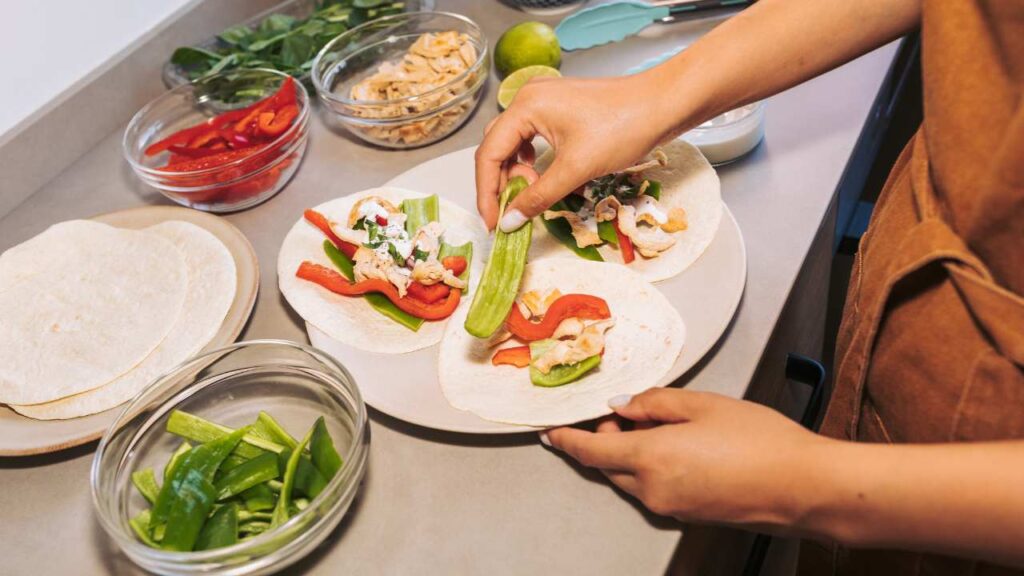23 Year Old Canoeist Paddling the 6,000 Mile Great Loop Watercourse
Journey Overview Peter Frank, a 23-year-old canoeist, began his ambitious trip from the Upper Peninsula of Michigan in June, headed towards the Chesapeake Bay in Maryland. His vessel of choice is a 1982 Sawyer Loon, a decked canoe that has taken him through various waterways. Although he has covered significant ground, he is still only a quarter of the way into his planned 6,000-mile journey along the Great Loop. This […]
23 Year Old Canoeist Paddling the 6,000 Mile Great Loop Watercourse Read Post »
 Skip to content
Skip to content








